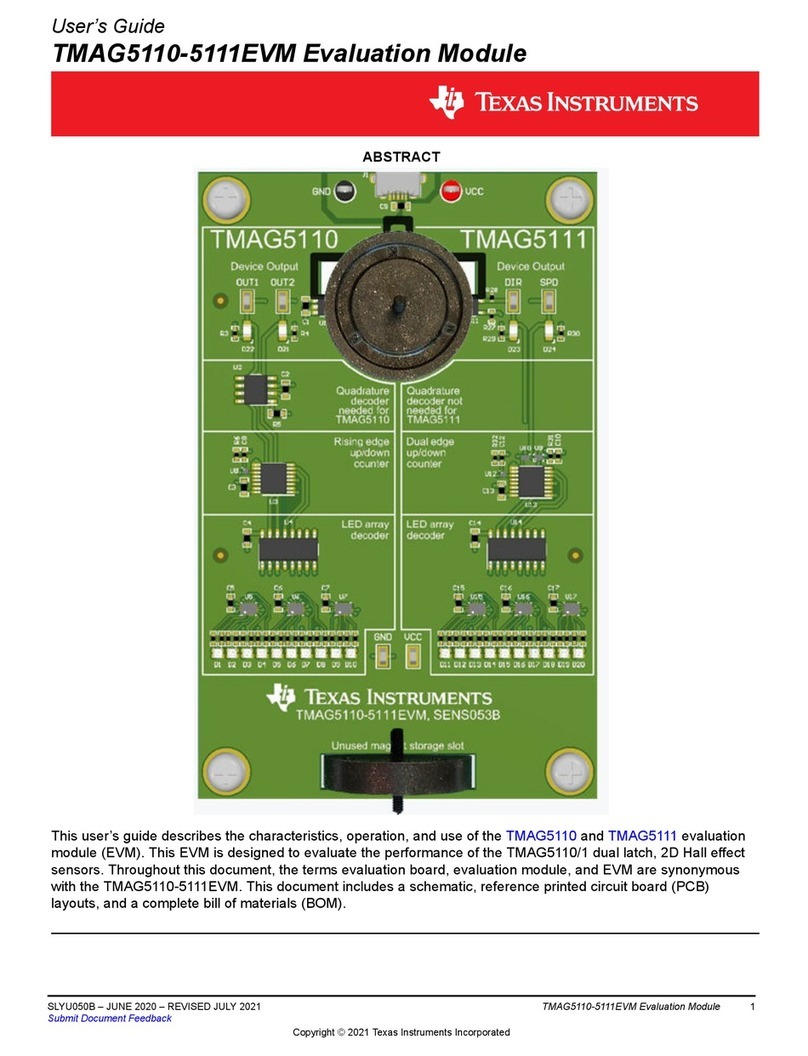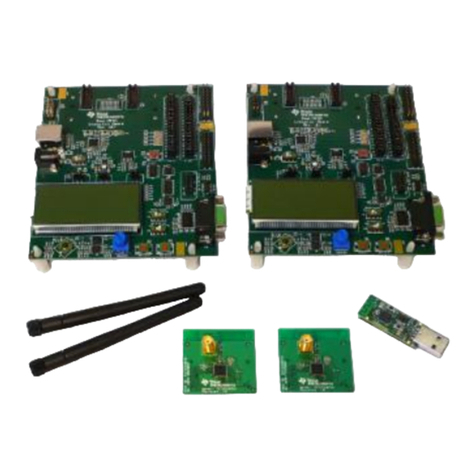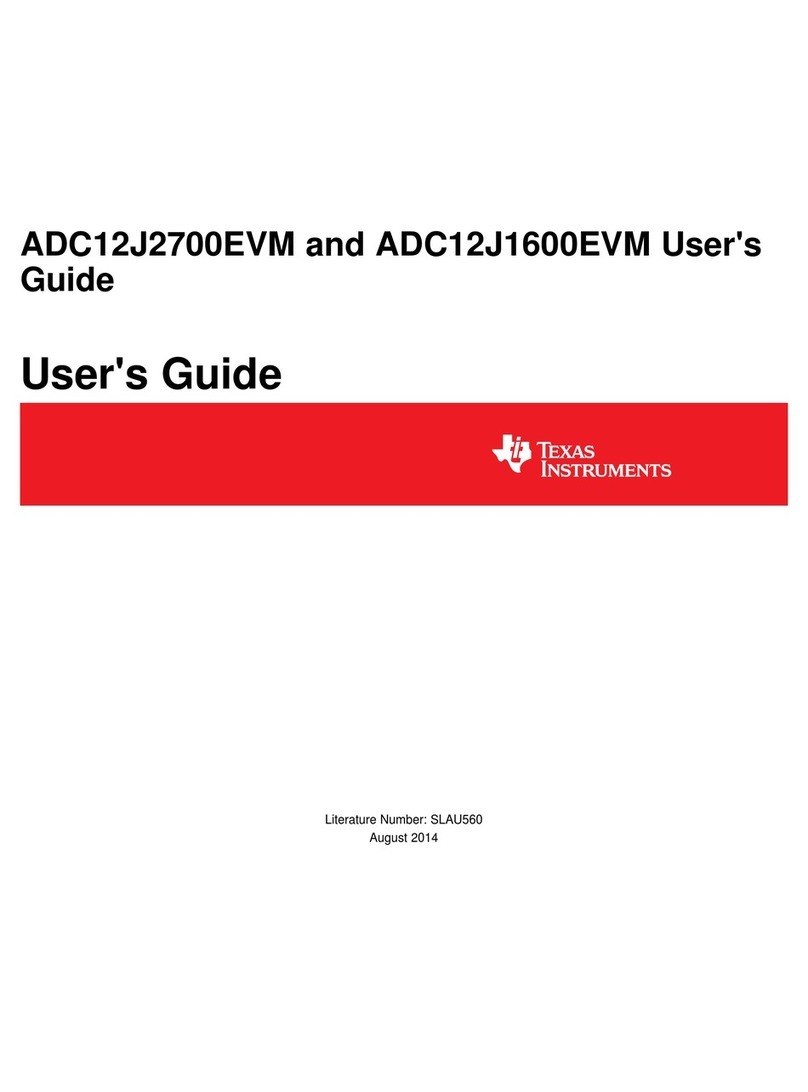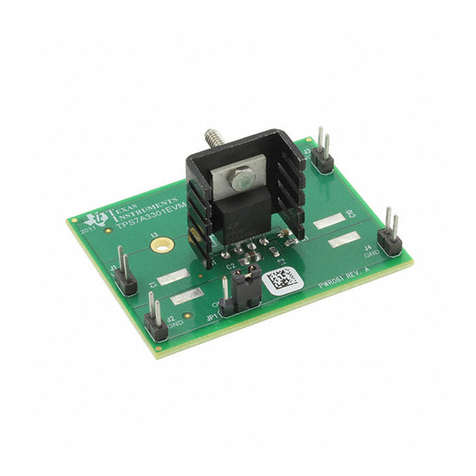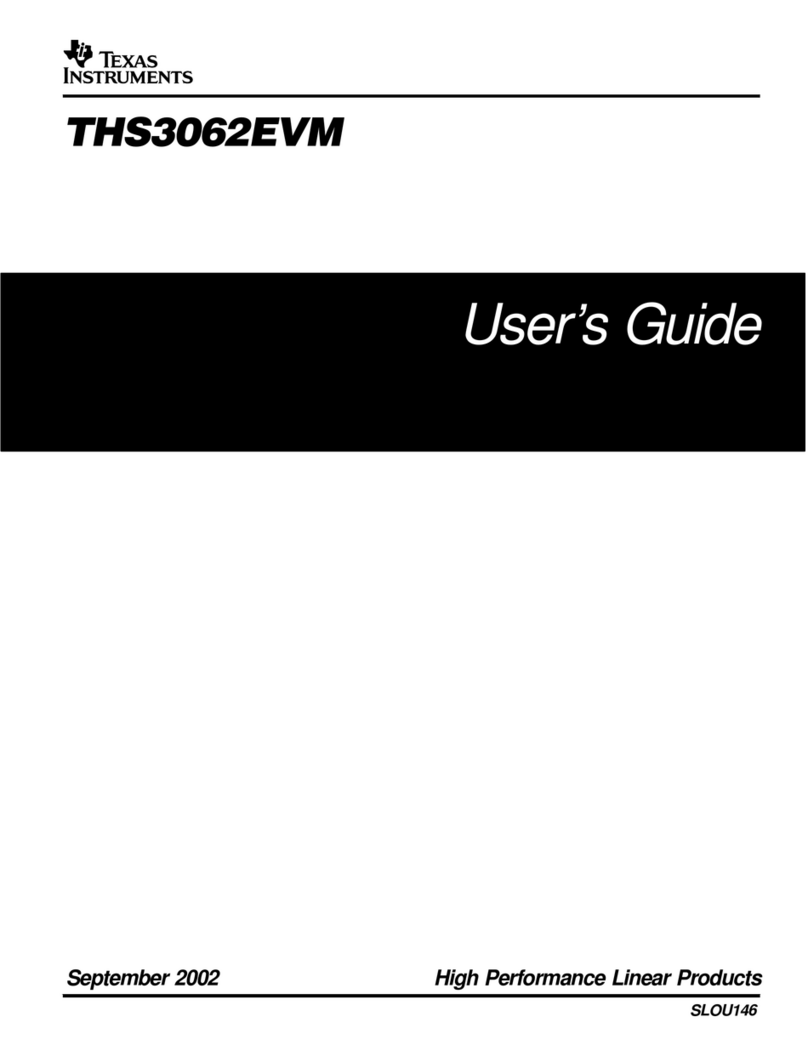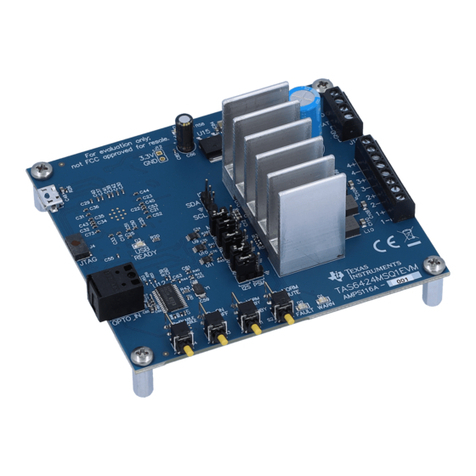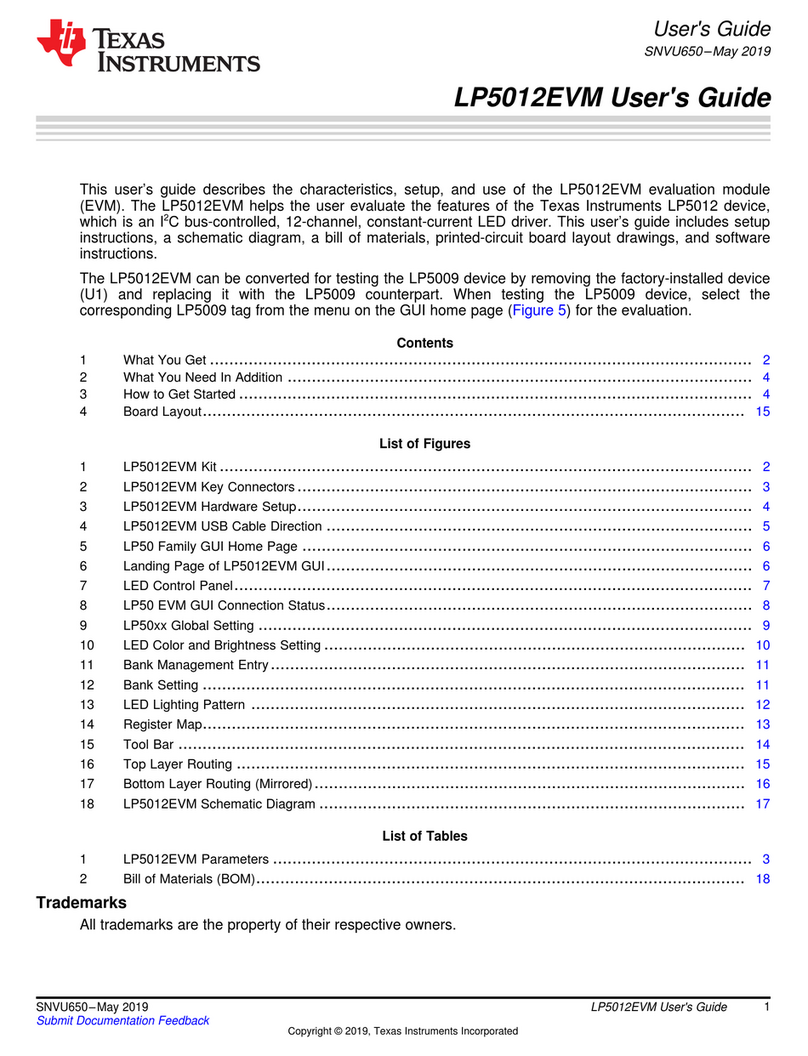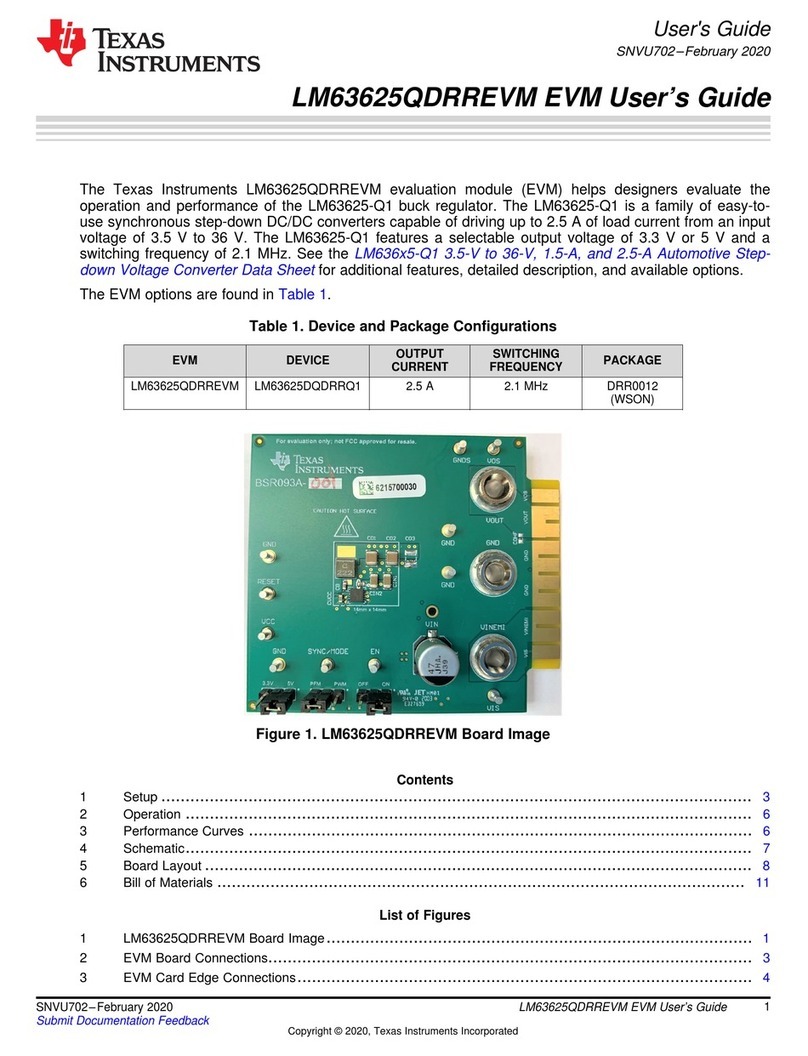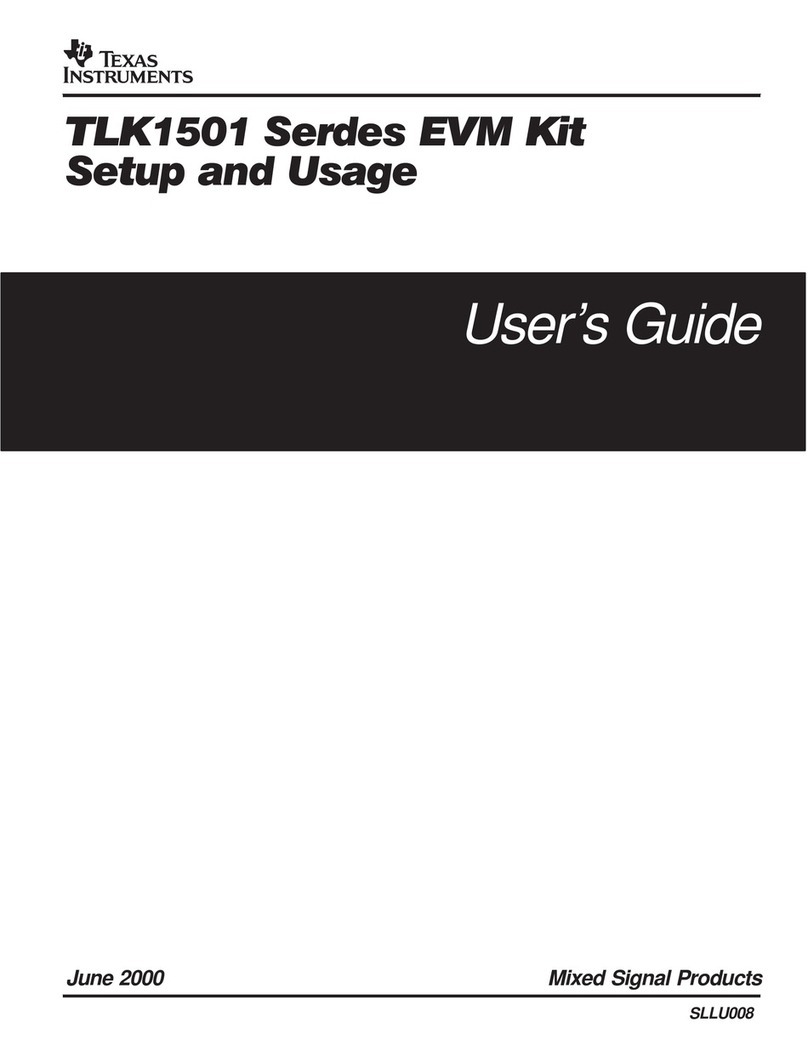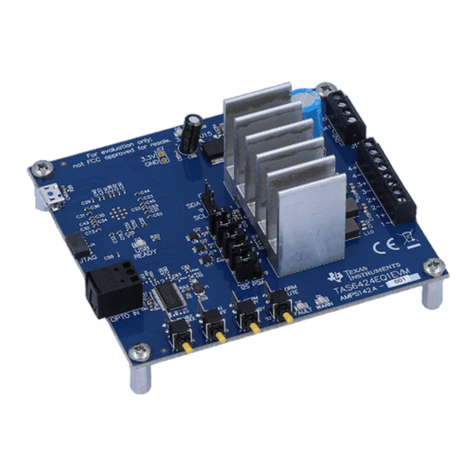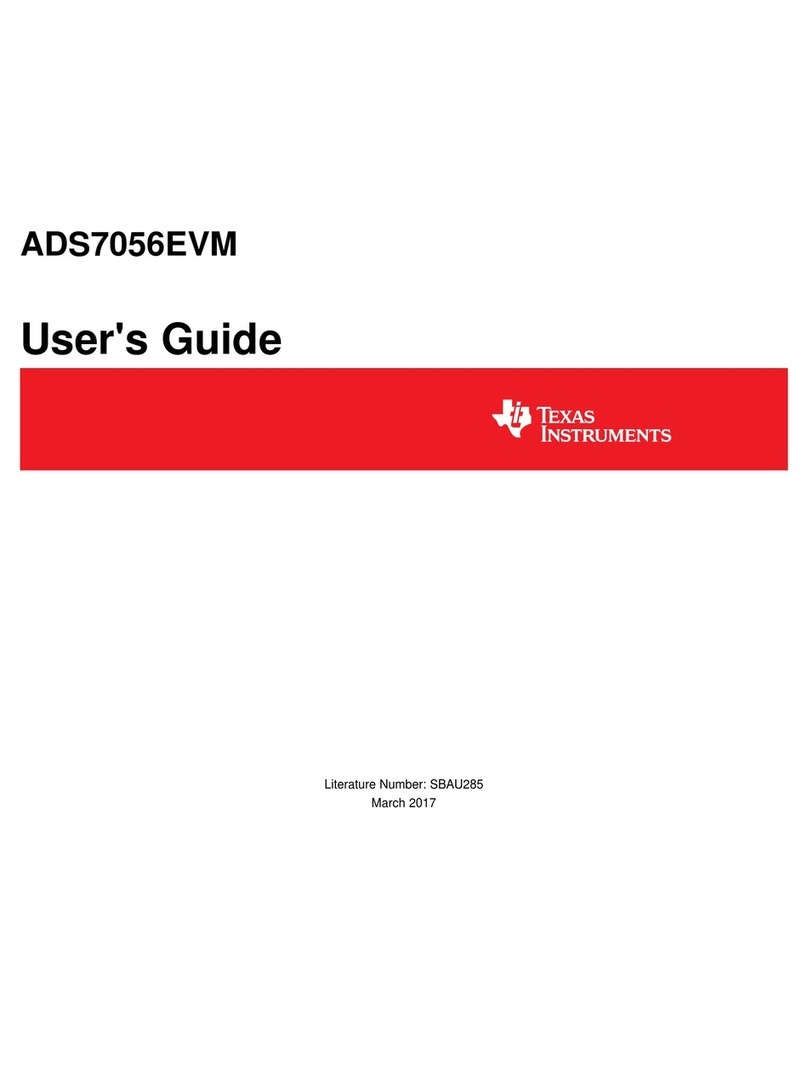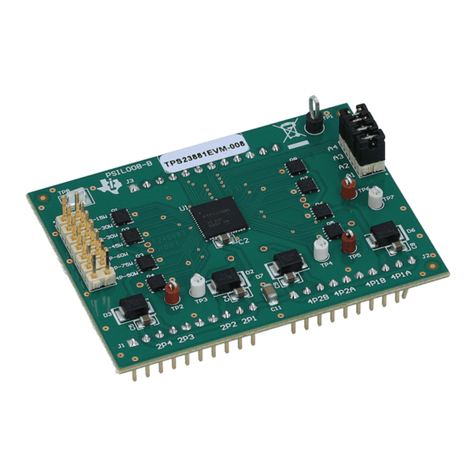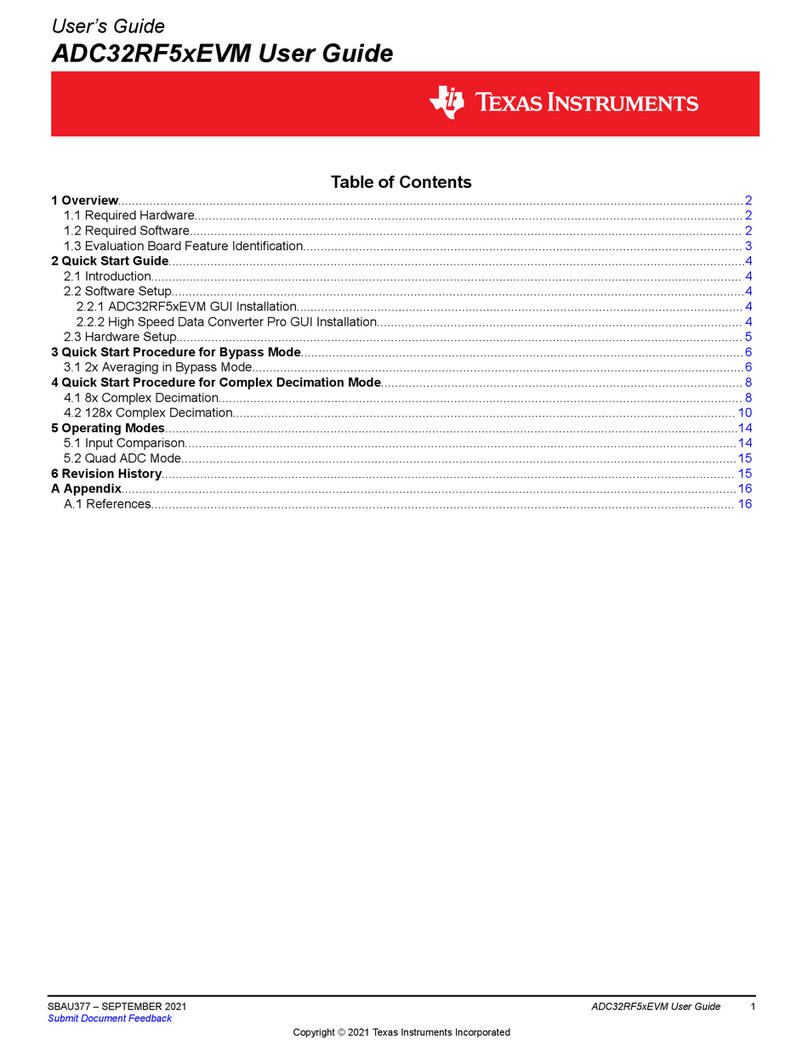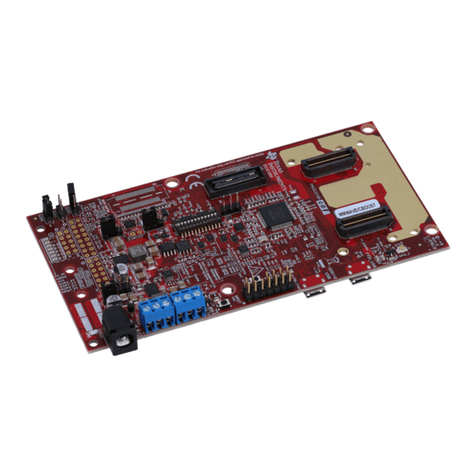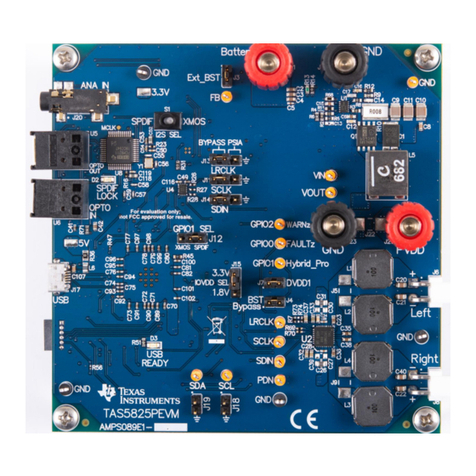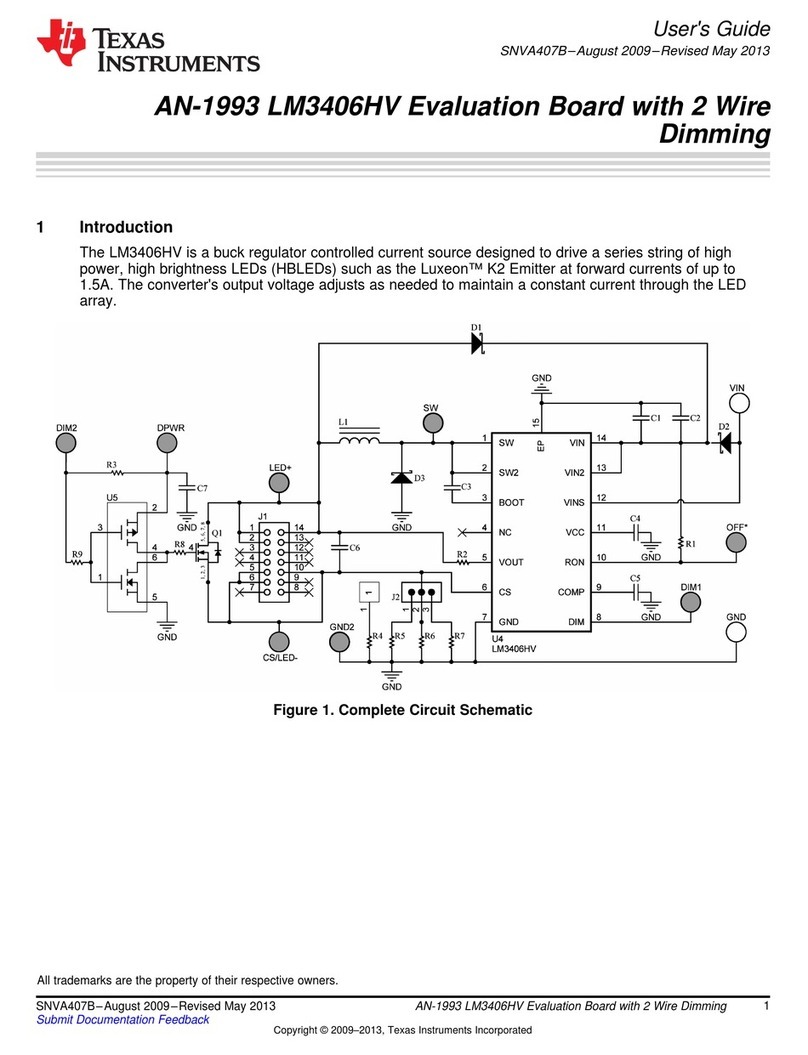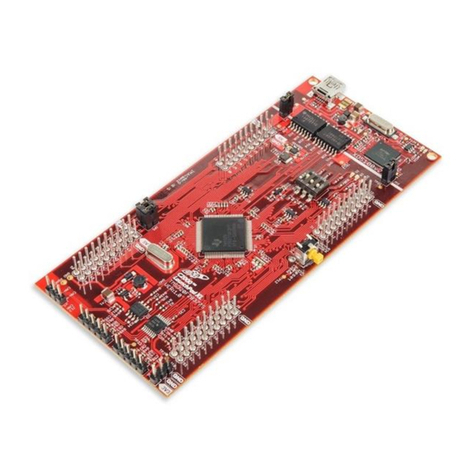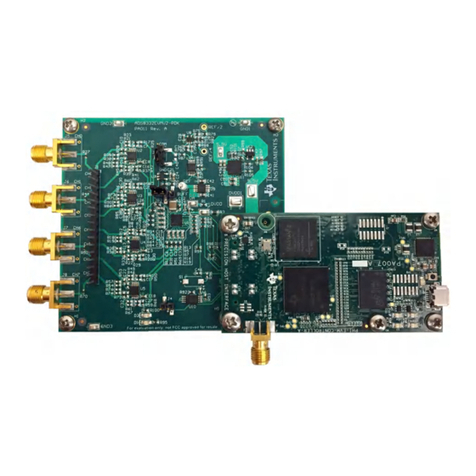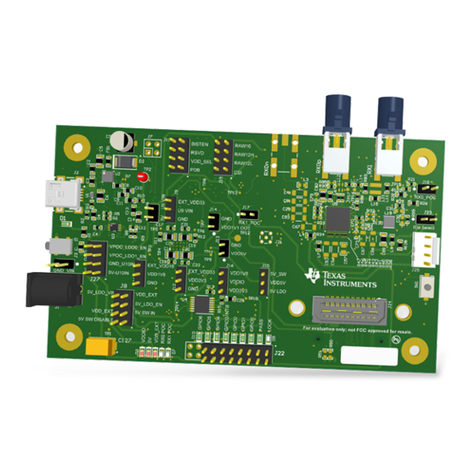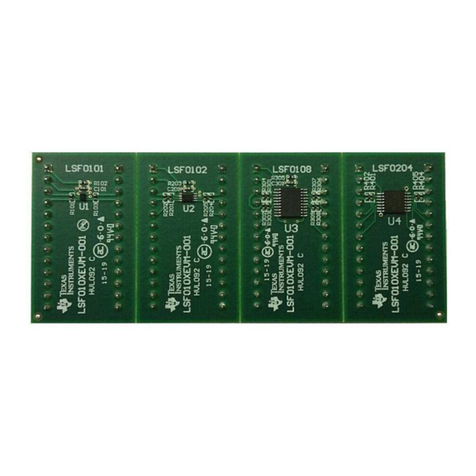
www.ti.com
Contents
1 Getting Started .............................................................................................................. 4
1.1 Evaluation Module Operating Parameters ...................................................................... 5
1.2 Quick-Start Board Setup .......................................................................................... 5
2 DRV2667 Embedded Software ........................................................................................... 6
2.1 Demo Mode ......................................................................................................... 7
2.2 Demo Mode Descriptions ......................................................................................... 8
2.3 RAM Library Mode ............................................................................................... 14
2.4 RAM Library Effects List ......................................................................................... 14
2.5 Design & Test Mode ............................................................................................. 14
2.6 Return to Demo Mode ........................................................................................... 16
3 Hardware Configuration .................................................................................................. 17
3.1 Input and Output Overview ...................................................................................... 17
3.2 Power Supply ..................................................................................................... 17
3.3 External Actuator ................................................................................................. 18
3.4 External I2C Input ................................................................................................. 18
3.5 Analog/PWM Input ............................................................................................... 19
3.6 Programming the Boost Converter ............................................................................. 19
4 MSP430 Control and Firmware .......................................................................................... 23
4.1 Modifying and Loading Firmware ............................................................................... 23
4.2 MSP430 Pin-Out .................................................................................................. 25
5 Schematic, Printed-Circuit Board Layouts, and Bill of Materials .................................................... 26
5.1 Schematics ........................................................................................................ 26
5.2 PCB Layouts ...................................................................................................... 27
5.3 Bill of Materials .................................................................................................... 30
List of Figures
1 Board Diagram .............................................................................................................. 4
2 DRV2667EVM-CT Mode Sets............................................................................................. 6
3 B1 – Alert 1 .................................................................................................................. 8
4 B1 – Alert 1 Continuous Repeat .......................................................................................... 8
5 B2 – Alert 2 .................................................................................................................. 8
6 B2 - Alert 2 Continuous Repeat........................................................................................... 8
7 B3 – Alert 3 .................................................................................................................. 9
8 B3 – Alert 3 Continuous Repeat .......................................................................................... 9
9 B4 – Alert 4 .................................................................................................................. 9
10 B4 – Alert 4 Continuous Repeat .......................................................................................... 9
11 B2 – Click and Release 1 ................................................................................................ 10
12 B2 – Click and Release 2 ................................................................................................ 10
13 Ramp and Release........................................................................................................ 10
14 B1 – Ramp Up............................................................................................................. 11
15 B3 – Click Bounce......................................................................................................... 11
16 B4 – Pulse.................................................................................................................. 11
17 B1 – Sharp Click Using FIFO............................................................................................ 12
18 B2 – Bump using FIFO ................................................................................................... 12
19 B4 – Robotic Click using RAM........................................................................................... 12
20 B3 – Audio In .............................................................................................................. 13
21 DRV2667EVM-CT Power Diagram ..................................................................................... 17
22 Output Terminal Block and Test Points ................................................................................ 18
23 External I2C Input.......................................................................................................... 18
24 External Analog/PWM Input.............................................................................................. 19
25 Boost Voltage Programming Resistors................................................................................. 20
2DRV2667 Evaluation Module SLOU323–June 2013
Submit Documentation Feedback
Copyright © 2013, Texas Instruments Incorporated
